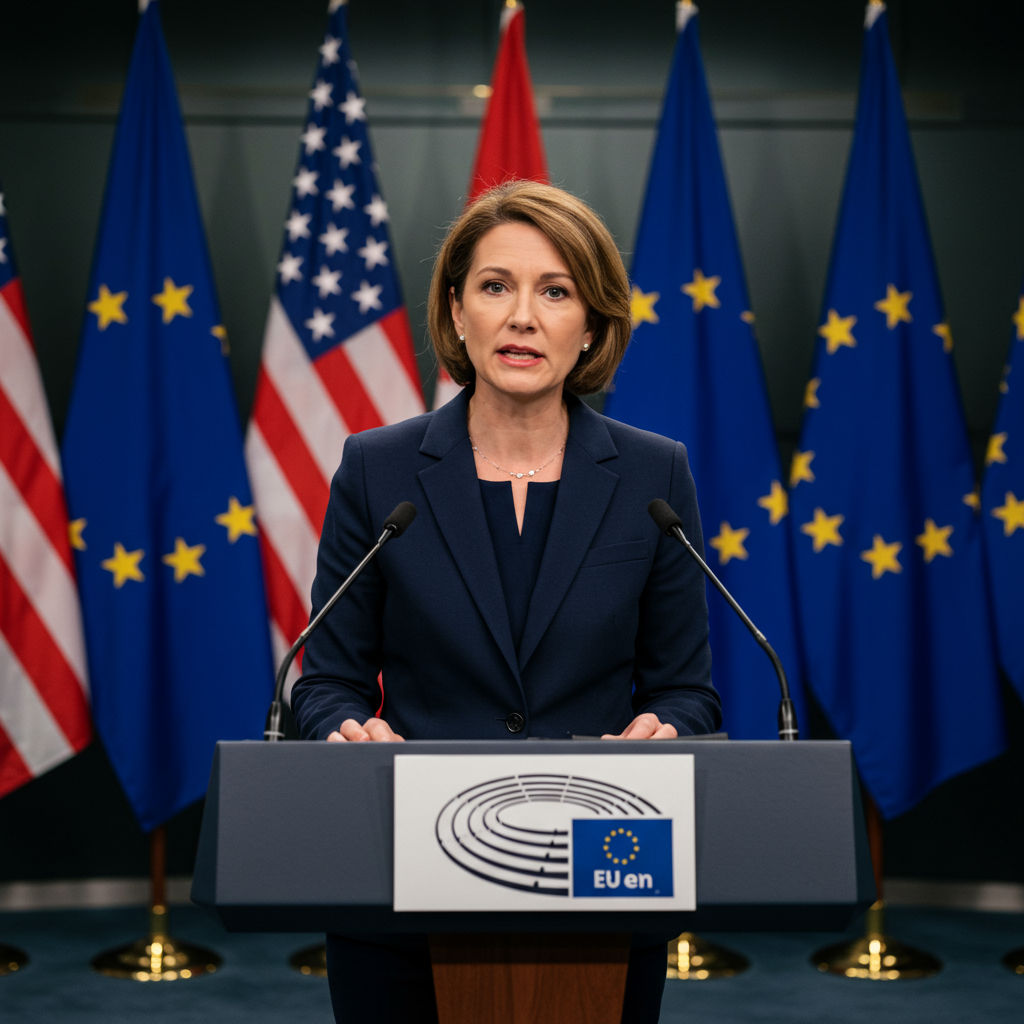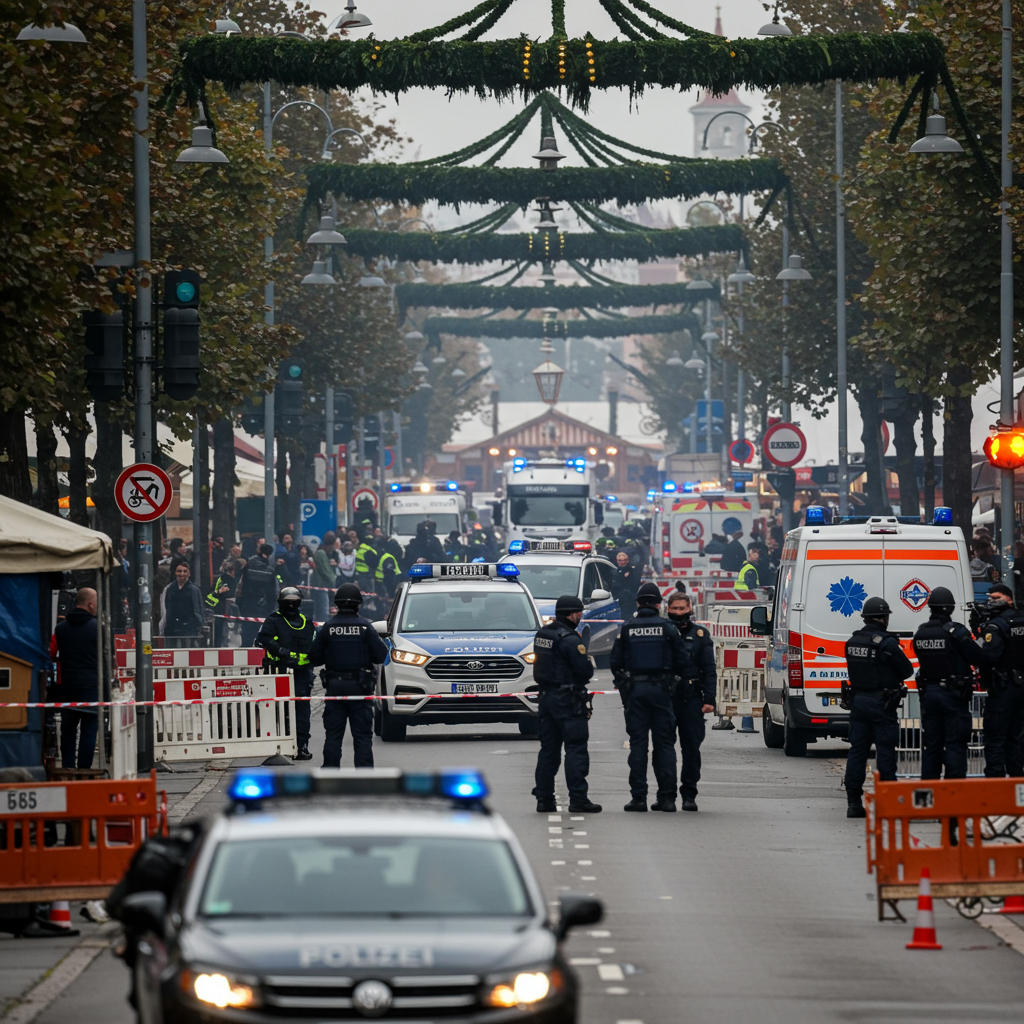Amidst an unprecedented barrage of Iranian missile attacks targeting various cities across Israel, a single strike on a residential building in the northern town of Tamra on the night of June 15, 2025, brought the conflict’s stark reality home in the most tragic way. The impact killed four members of the same family, highlighting not only the devastating human cost of the escalating hostilities but also deep-seated inequalities in the country’s civil defense preparedness.
The ballistic missile struck a modern, two-story home, reducing the structure to rubble. Inside were members of the Khatib family. Tragically, the strike claimed the lives of Manar Khatib (45), her daughters Shada (20) and Hala (13 or 15), and Manar’s sister or sister-in-law, Manal Khatib (41 or 46). Both Manar and Manal were reportedly well-known teachers in the community. Though the home was relatively new and included mandated safe rooms, the sheer force of the missile proved overwhelming, causing the upper-floor shelter to collapse onto the one below. One other daughter, Razan (18), survived but was hospitalized.
The devastation in Tamra, an Arab-majority town, immediately drew attention to a long-standing issue: the significant disparity in safety infrastructure between Arab and Jewish communities in Israel. National reports have consistently shown that a far higher percentage of Palestinian citizens lack access to adequate protection from aerial attacks compared to the general Israeli population. Tamra, with its population of around 38,000, notably has no public bomb shelters, a stark contrast to similarly sized Jewish cities nearby which boast numerous shelters.
This critical lack of safety infrastructure is compounded by challenges in building private safe rooms (Mamads) within homes in Arab towns. Discriminatory planning and housing policies make it difficult for many Palestinian families to obtain the necessary permits for legal construction, including fortifications like safe rooms, often pushing them towards unregulated building where these essential safety features are omitted. Even when present, as in the case of the destroyed Khatib home, critics argue that the state’s defense strategy and investment in air defense systems appear primarily focused on protecting Jewish municipalities.
Local officials and residents expressed profound anger and a sense of being treated as second-class citizens, left vulnerable during times of conflict. They point out that this incident is not isolated and reflects systemic neglect regarding Arab communities’ basic needs and safety, a neglect that has even seen initiatives aimed at providing wartime information specifically for the Arab public reportedly shut down by the government.
Adding a disturbing layer to the tragedy, a video reportedly circulated online showing some Israeli Jews singing anti-Arab chants while Iranian missiles were descending on Tamra. While condemned by some officials, the incident underscored existing societal divisions and tensions during the conflict. This contrasted sharply with reports of swift arrests of Arab youths accused of celebrating the initial Iranian attacks, highlighting a perceived double standard in how authorities handle such incidents.
The human stories behind the statistics are heartbreaking. The loss of promising lives like Shada Khatib, a university student aspiring to fight injustice, serves as a poignant reminder of the devastating toll. As the town mourned, the ongoing threat remained, with alarms signaling potential new attacks forcing residents and responders alike to seek cover.
The strike in Tamra is a grim illustration of how conflict disproportionately impacts vulnerable populations and exposes underlying inequalities. It underscores the desperate need for equitable investment in safety infrastructure and a unified approach to protecting all citizens, regardless of ethnicity, from the dangers of war. As residents confront the wreckage and the profound loss, the call from the community is clear: the violence must end, and all lives must be treated with equal value and afforded equal protection.




